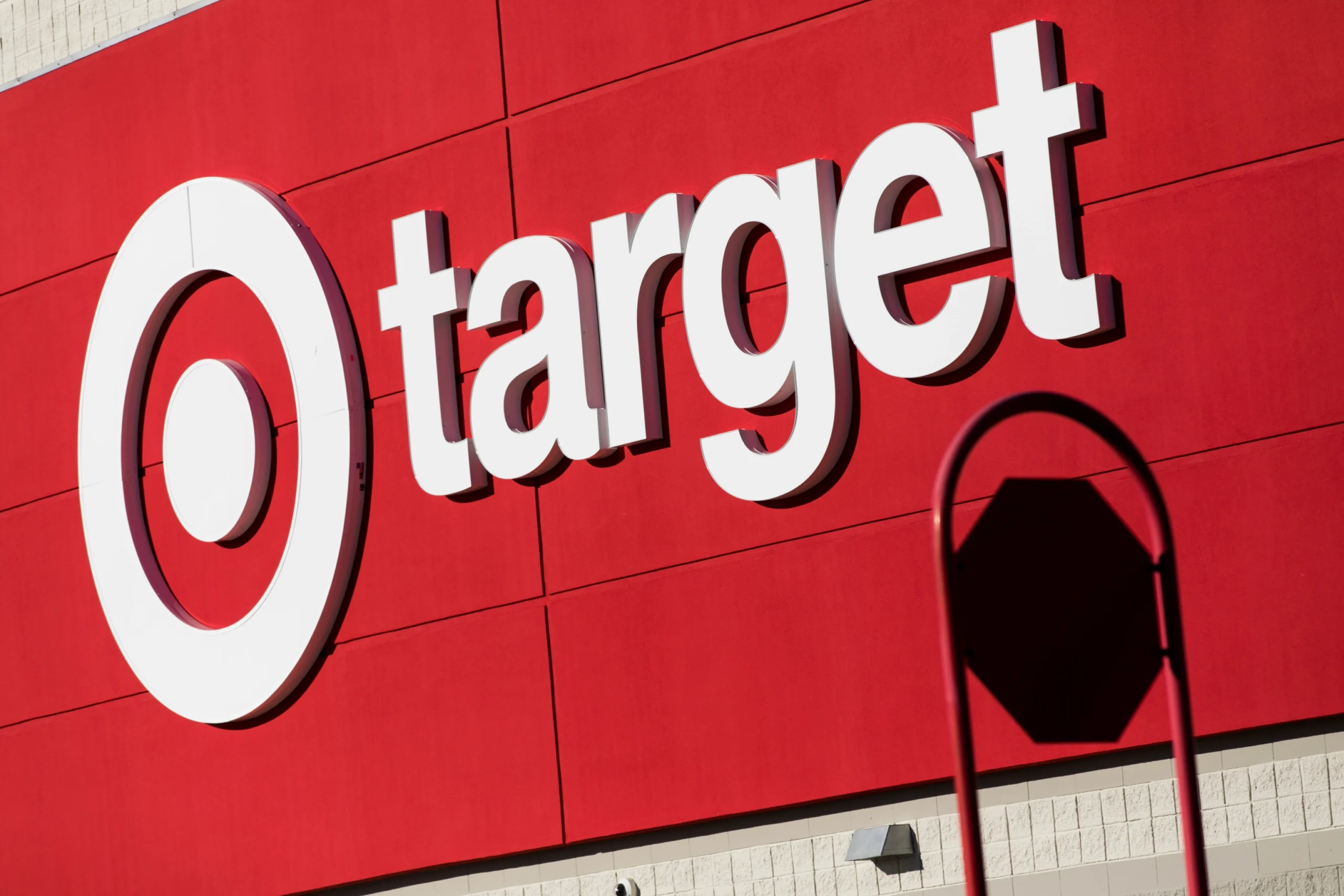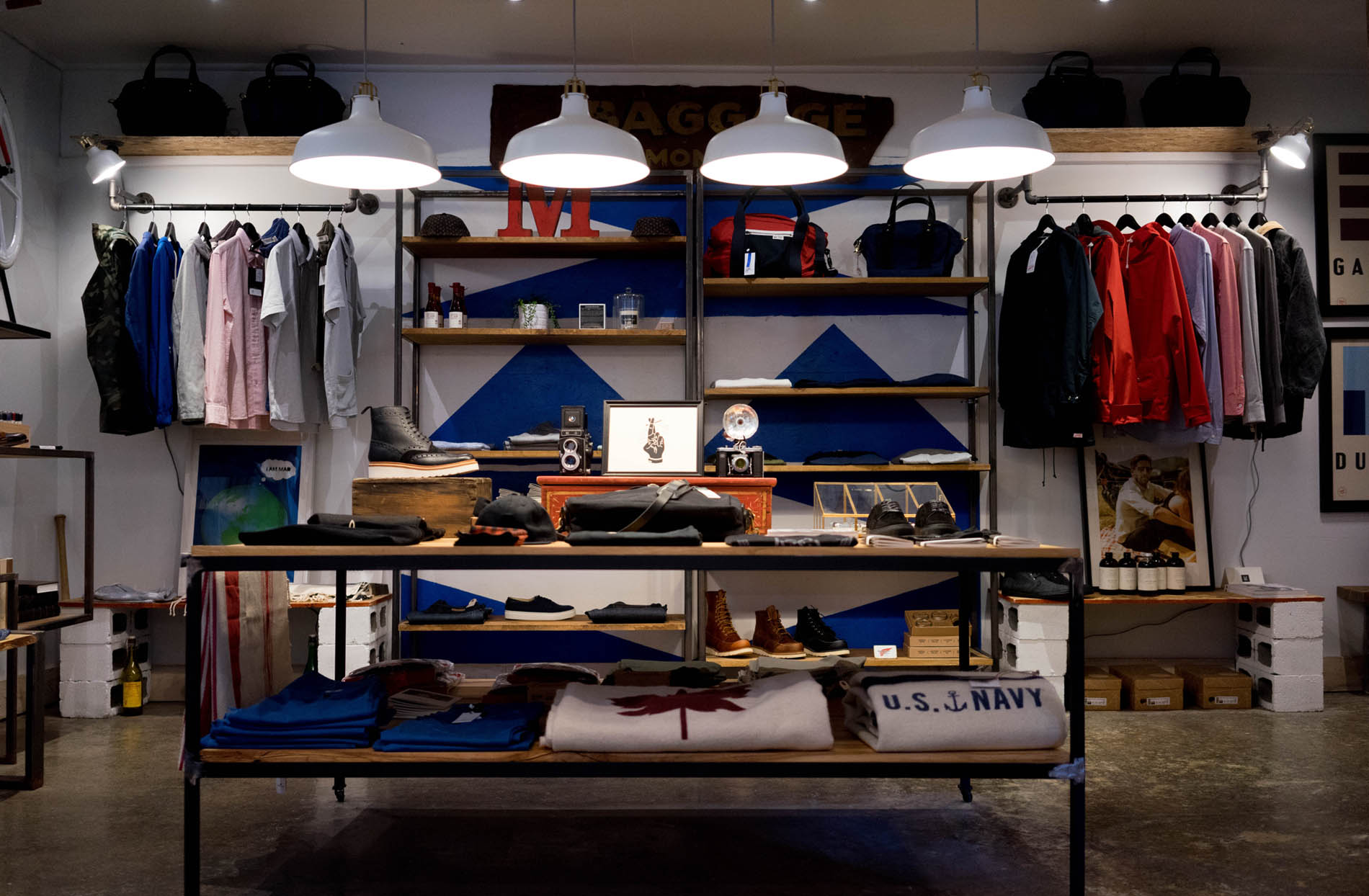In today’s competitive and fast-changing market, many product companies struggle to maintain sales growth. Tactics that once delivered results—such as leveraging new e-commerce platforms, riding Amazon momentum, or white-labeling popular items—no longer offer the same advantage because nearly everyone is doing them.
To truly differentiate your brand, you need to innovate. New product development (NPD) allows you to create unique value, enter new markets, and expand your presence within existing ones. By centering development around customer needs and leveraging the systems you already have in place, NPD can become a powerful growth engine for your company.
Below are the five essential steps we use to help brands discover, design, and manufacture successful new products.
We developed a methodology around the five key steps for new product development to discover the right product, design it, and get it made.
1. Focus on Your Customers and Their Needs
Every strong product begins with a deep understanding of the customer. Before developing anything, clearly identify who your potential buyers are and what they care about.
- Build customer personas based on market analysis
- Identify pain points, motivations, and buying behaviors
- Talk directly to potential customers when possible to get firsthand insights
By the end of this step, you should have a crystal-clear understanding of your ideal customer and what they truly need.
2. Research Your Customers, Market, and Competitors
Once you understand your target audience, conduct robust market research. Any decision without data is just a guess. Your research should include both qualitative and quantitative insights.
Qualitative Research
Explore the customer experience surrounding current offerings—either your own or your competitors’. Identify areas where the market falls short and where you can offer additional value.
Use:
- Customer interviews
- Short surveys
- Product reviews
- Social media listening
These insights guide your differentiation and set the foundation for your product’s direction.
Quantitative Research
Now dig into the numbers:
- Use tools to scan e-commerce platforms and product databases
- Review Amazon search term reports to understand what shoppers are searching for
- Document pricing trends, feature variations, and category gaps
- Determine real-world cost expectations and willingness to pay
By the end of this step, you should have a data-backed overview of the market opportunity, target specifications, and realistic cost and pricing ranges.
3. Create a Product Design That Delivers Value
With clear research and customer insights in hand, it’s time to move into the design phase. This is where creativity meets strategy.
Your design approach should match your growth goals and budget:
Incremental Innovation
Small changes can create meaningful improvements:
- Updated colors or packaging
- Improved user interface
- Enhanced materials or finishes
- New accessories or bundling options
Working with an industrial designer on sketches, ideation, and concept exploration can help refresh an existing product in a cost-effective way.
Breakthrough Innovation
If your research shows strong potential, you may develop a more advanced or entirely new product:
- Unique features that competitors lack
- New materials or new technology
- Hybrid concepts combining the best attributes of multiple products
By the end of the design stage, you should have:
- CAD models
- A complete tech pack
- A bill of materials (BOM)
These documents ensure clear communication with manufacturing partners.
4. Source the Right Manufacturing Partners
Once your design is defined, the next step is sourcing the right partners. Unlike ordering an existing private-label product, manufacturing a new design requires collaboration, trust, and technical capability.
Here’s how to choose the right factory or sourcing agent:
- Visit the factory (or have a trusted representative visit)
- Start conversations with a complete design and detailed product specs
- Build relationships with key decision-makers
- Respect cultural norms during negotiations
- Plan for long-term growth, while keeping alternatives open
- Pay partners on time and communicate clearly
- Conduct thorough due diligence
By the end of this step, you should have:
- Selected manufacturing partners
- Signed agreements in place
- Confirmation they can produce your product to spec
5. Manufacture and Optimize Your New Product
Manufacturing is the final step—but it requires ongoing involvement, not a “set it and forget it” mindset. Great products rely on consistent oversight and continuous improvement.
Stay actively engaged throughout the production process:
- Work closely with your factory to control costs and ensure accuracy
- Review early samples and production runs
- Plan for at least one or two iterations to refine your product
- Collect early feedback from end-users and apply design adjustments
- Monitor quality metrics and maintain open communication with your manufacturing team
By the end of this step, your final product should be ready for inventory, retail rollout, and full-scale marketing.
Ready to Take Your New Product to Retail?
If you’re developing a new product and want to launch or scale it in retail, Retailbound can help. Since 2008, our team has supported hundreds of product brands in entering and growing across more than 150 retailers in the U.S. and Canada.
Contact us today to learn how we can help you build a successful retail strategy.
About the Author
Yohan Jacob is the President and Founder of Retailbound, a full-service retail channel management consultancy. Retailbound helps product brands of all sizes launch, grow, and scale in brick-and-mortar and online retail. With expertise in retail strategy, buyer engagement, channel management, and marketing support, Retailbound bridges the gap between product creators and retailers to drive long-term sales success.



